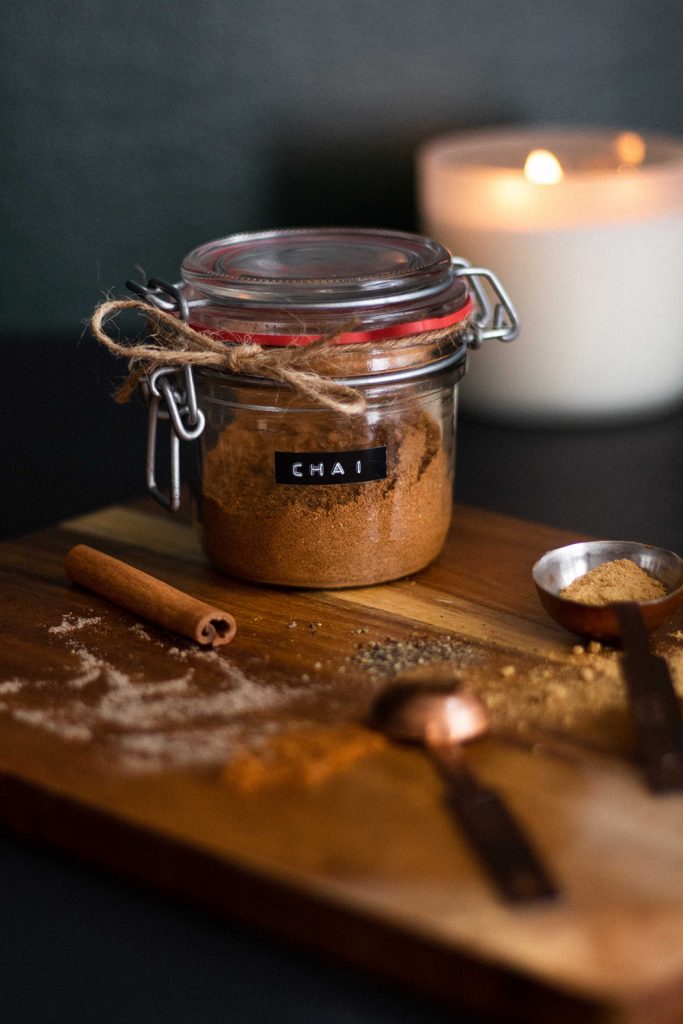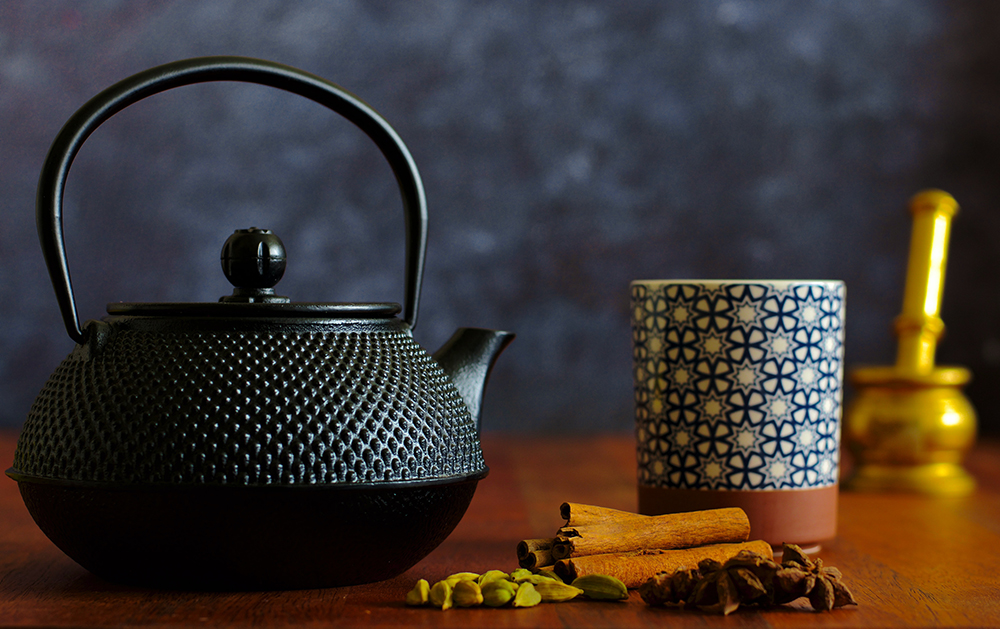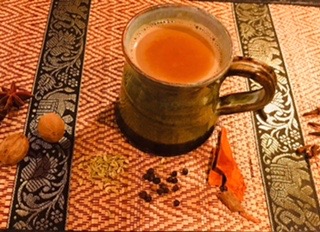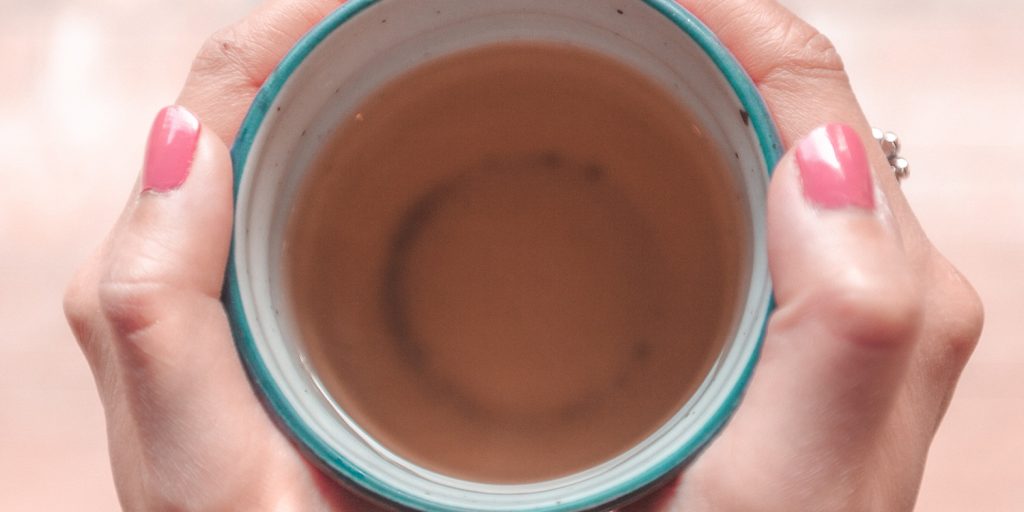Nita has shared her wisdom with us once again, this time with her very special recipe for chai masala tea. The recipe for the tea has been rooted in North Indian cuisine for thousands of years. Indeed, some historians theorize that its first usage was in a royal court, showcasing its prestigious beauty and delicacy.
Nita told me that one of the advantages of chai masala tea is that it can be subjective. For example, she suggests that in spring, the addition of fennel seeds and peppermint to the chai masala blend makes the flavour palette explode with technicolour and fragrance. Similarly, in winter, the addition of orange peel, cinnamon and ginger allows the tea to become deep and spiritual. It’s a common delicacy when celebrating Diwali, Halloween and Christmas.
You will need:
2 cups water
2 tea bags. This can be any black tea that you prefer, but Nita suggests English breakfast tea for a deeper flavour
1/4 – 1/2 teaspoon of chai masala blend
1 cup milk
Sugar to taste – Nita recommends 2 teaspoons per serving

Method
Put the water in a medium pan and bring to a boil. Remove from heat, then add the tea bags, and the chai masala blend. Cover and let it steep for ten minutes.
Add the milk and bring to a boil again. Strain into cups. To each cup, add 2 teaspoons of sugar or more, to taste.
Enjoy
Namaste

What is chai masala?
Nita told me that her late mother, who was a monumental inspiration and who influenced her understanding of life and the cultures of India, gave this recipe to Nita when she became a mother herself, due to the majestic and empowering qualities of the chai masala blend.
Chai masala is fairly easy to acquire, with the cultural diversity within mainstream supermarkets which host cuisines from the USA to East Asia. But in India, the exact blend of the chai masala powder varies, leading to traditional recipes that pass down through generations. The typical make-up of a traditional blend would be green cardamom, clove, fennel seeds, peppercorns and cinnamon sticks, but Nita’s family takes it to the next level. She has been known to add holy basil, rose petals and basil leaves during special occasions. And on a sentimental note, this prestigious blend that Nita creates is in honour of her mother, which I find extremely humbling and touching.
Nita’s spirituality, not only as a talented cook but also as a human being, has come down through the generations as the chai masala blend has passed down through her family. Her humility and intense kindness will always serve as an inspiration for me, just as Nita gained inspiration from her devoted mother.
The spices and immense, flavourful aromas that one encounters when preparing this recipe are invaluable. And sourcing the individual herbs yourself only adds to the intense flavour and cultural representation. Carried away on a herbal note, you can almost feel as though you are sitting in the chaotic and industrial Delhi, watching hard-working men and women carry themselves off to work and school. It is simply a haven, one of which dreams are made.

Words by Harvey Moorhouse, recipe and image by Nita Patel.





